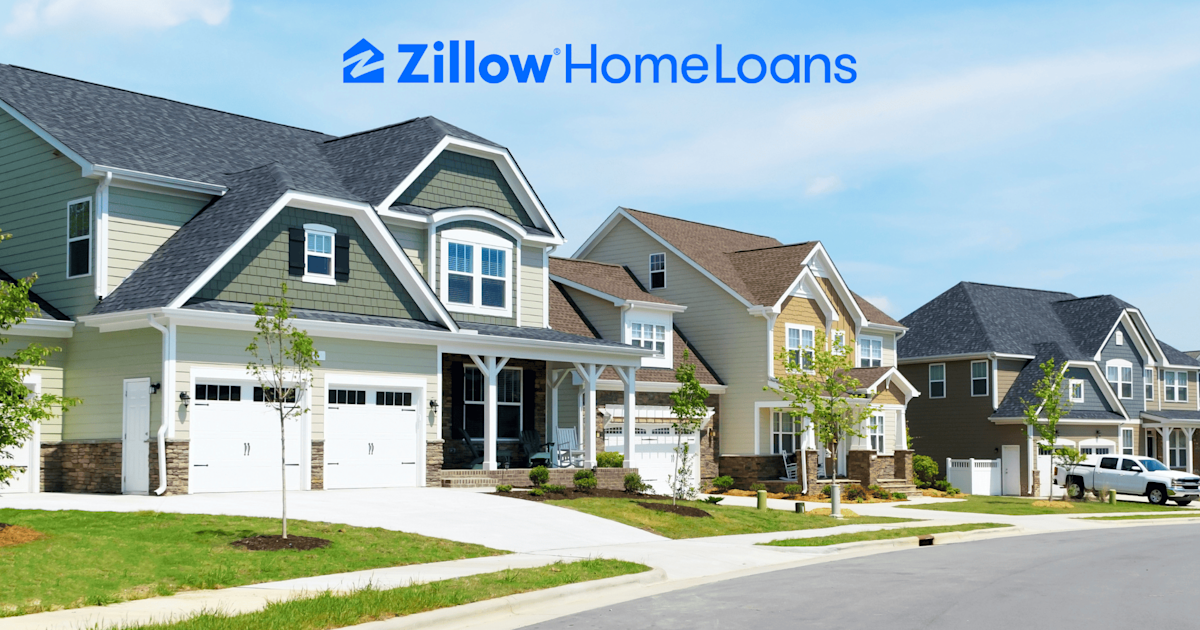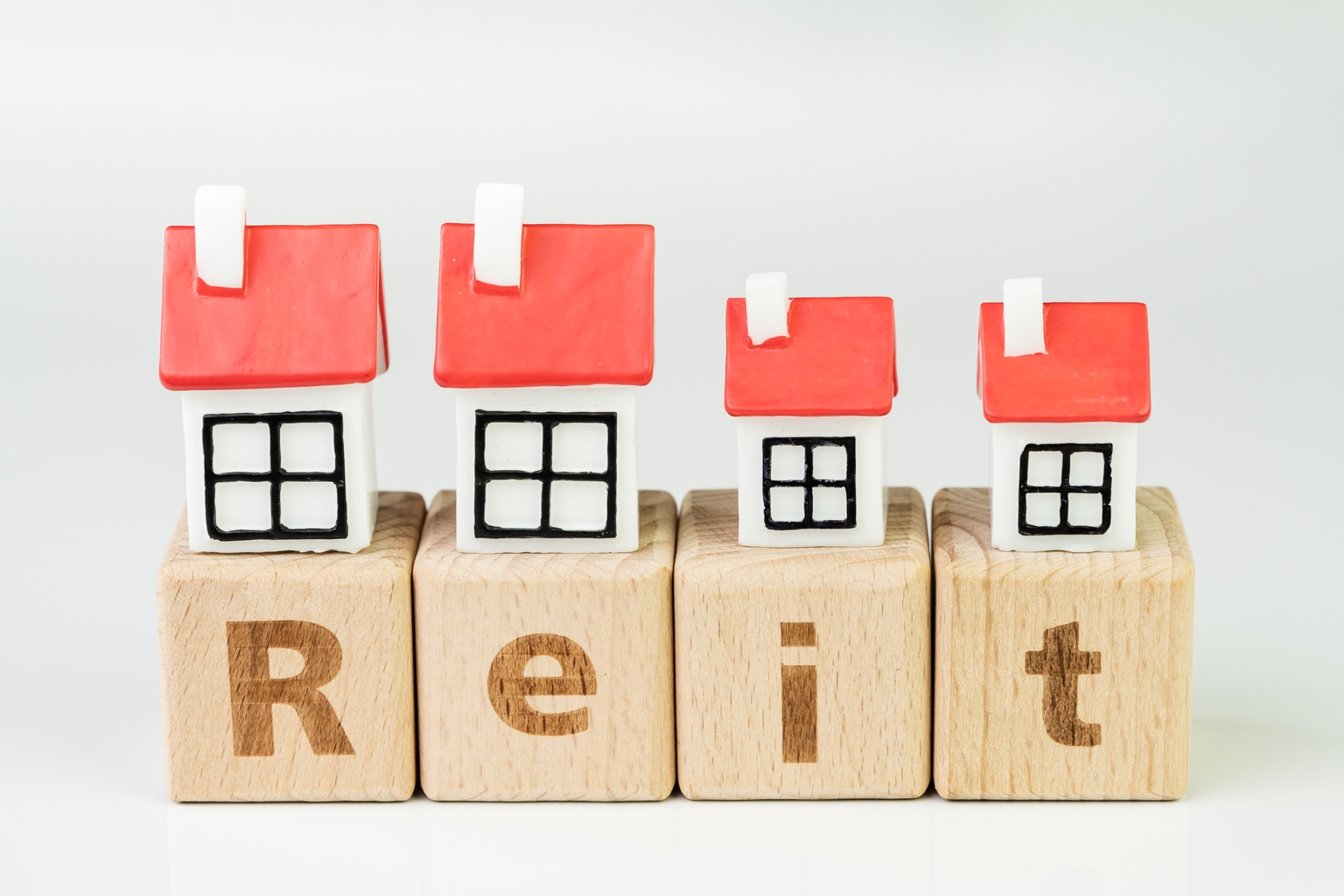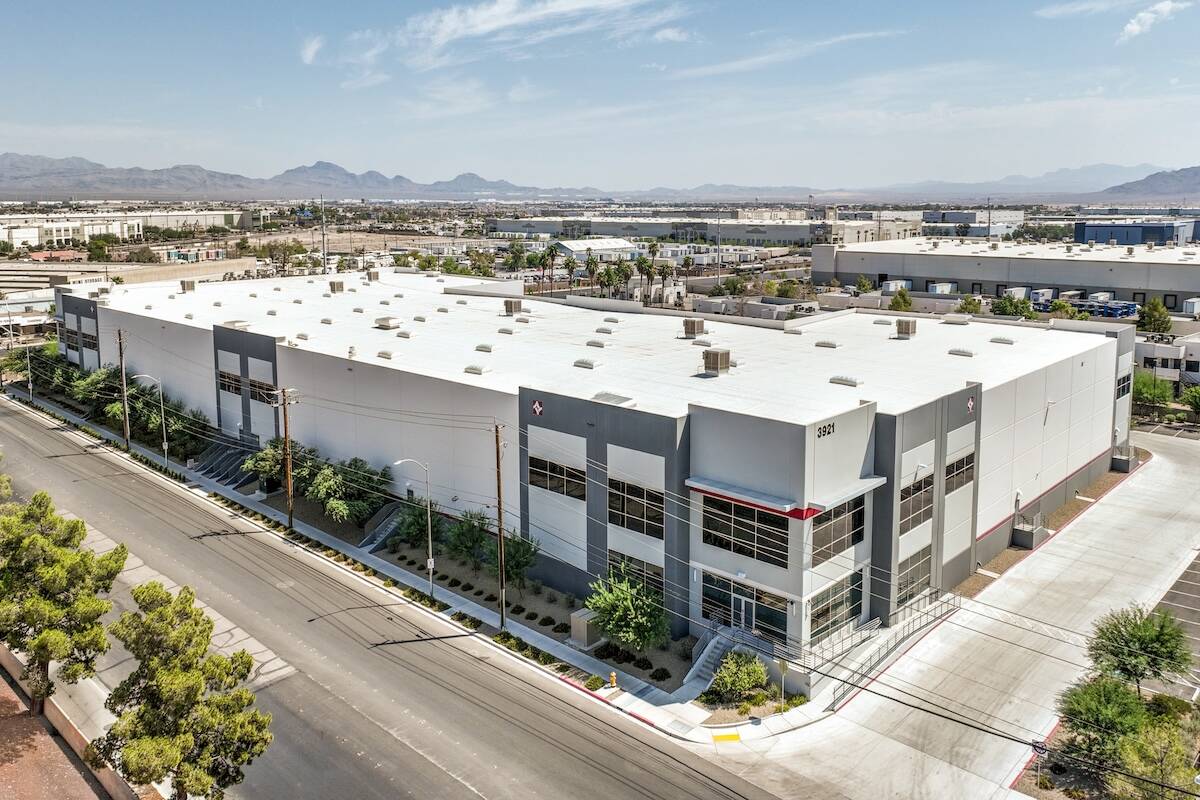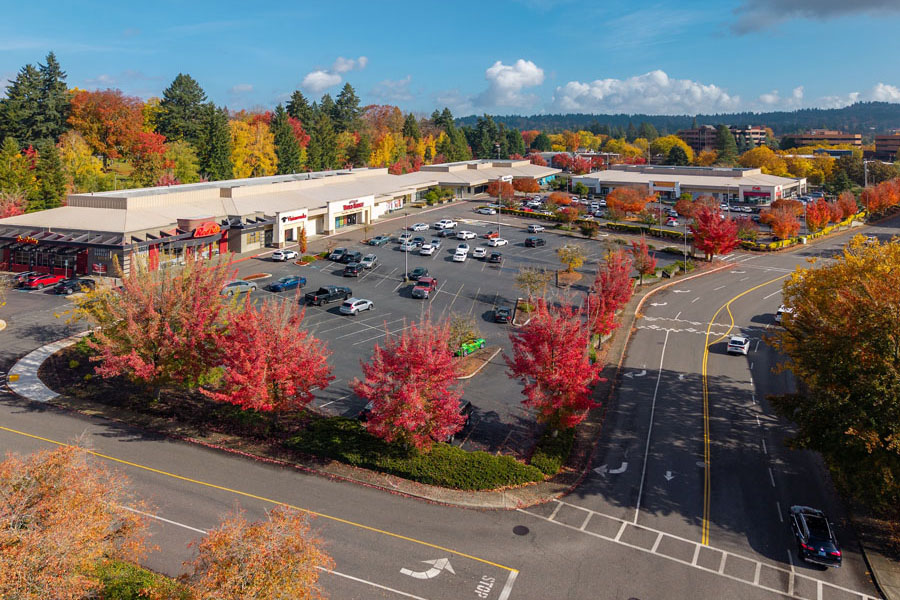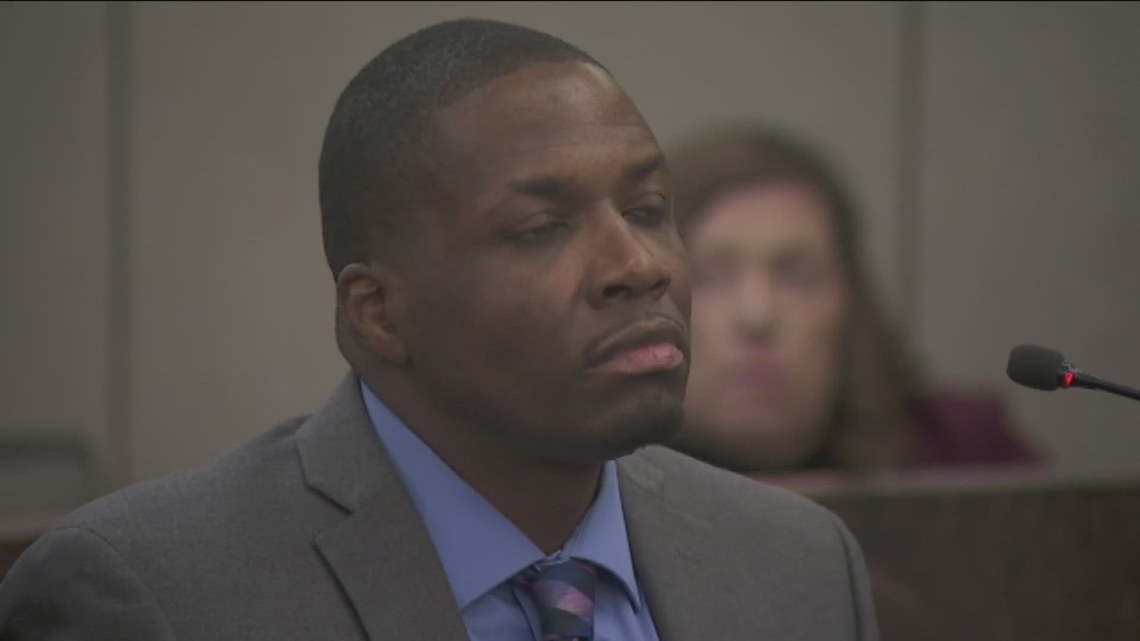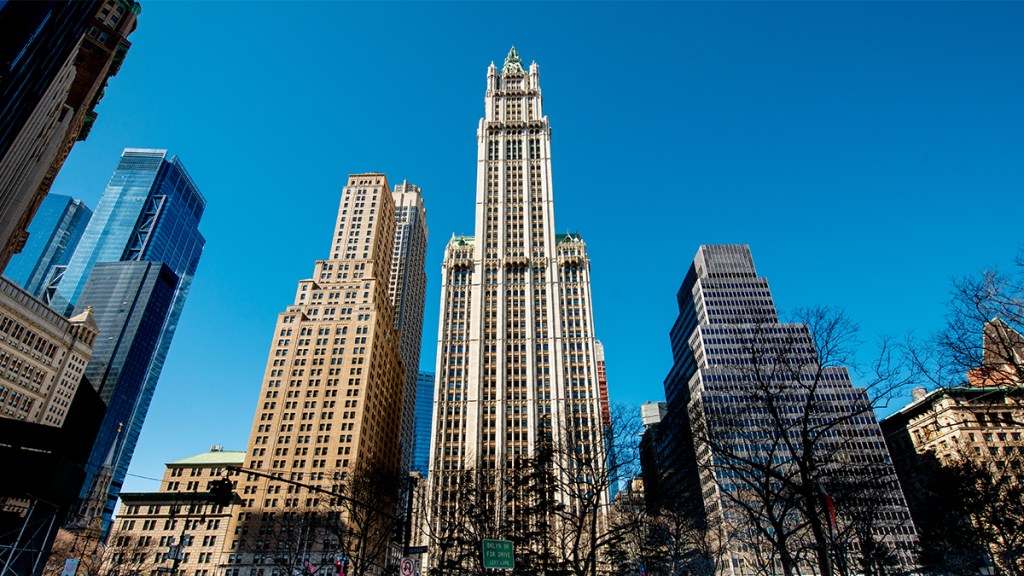T
he National Association of Home Builders' (NAHB) leaders, Jim Tobin and Ken Wingert, discuss the challenges facing builders in a year that's proving tougher than expected. From fluctuating mortgage rates to tariffs and inflation, builders are dealing with numerous concerns. NAHB's latest confidence survey reflects this, showing declining sales expectations for the next six months.
Despite these challenges, Tobin believes the industry will complete 1 million single-family homes this year, helping to narrow the housing supply gap and improve affordability. The U.S. has an estimated deficit of 1.5-5.5 million housing units, contributing to high home prices and making it difficult for buyers to enter the market.
Tobin estimates that builders will construct 1.2-1.3 million homes this year, with 1 million being single-family homes. This will help address the existing stock shortage, which is "completely locked up." New home construction is the only solution to the affordability crisis, as the median sale price of an existing home was nearly $400,000 in February, and new homes are even more expensive.
Increasing overall supply is key to bringing home prices in line with Americans' ability to pay. Tobin believes that building more housing is the only way to solve the affordability crisis. Household formation, immigration, and housing stock drive building, but the current existing stock has never been older due to a lack of new units being built.
The return of President Donald Trump to the White House was expected to deliver a better start to 2025, but new tariffs have complicated the situation. Tobin believes that tariffs are inflationary and prefers open trade. The levy on Canadian lumber expected later this year will likely affect new home construction, with suppliers already reporting price hikes that could add nearly $11,000 to the cost of building a home.
The uncertainty factor posed by tariffs is a major concern for NAHB, as it affects overall builder confidence. Wingert notes that there's not a room in the house that isn't impacted by tariffs, and NAHB is most concerned about possible construction delays. Builders often need to take calculated risks, but uncertainty makes it difficult to move projects forward.

